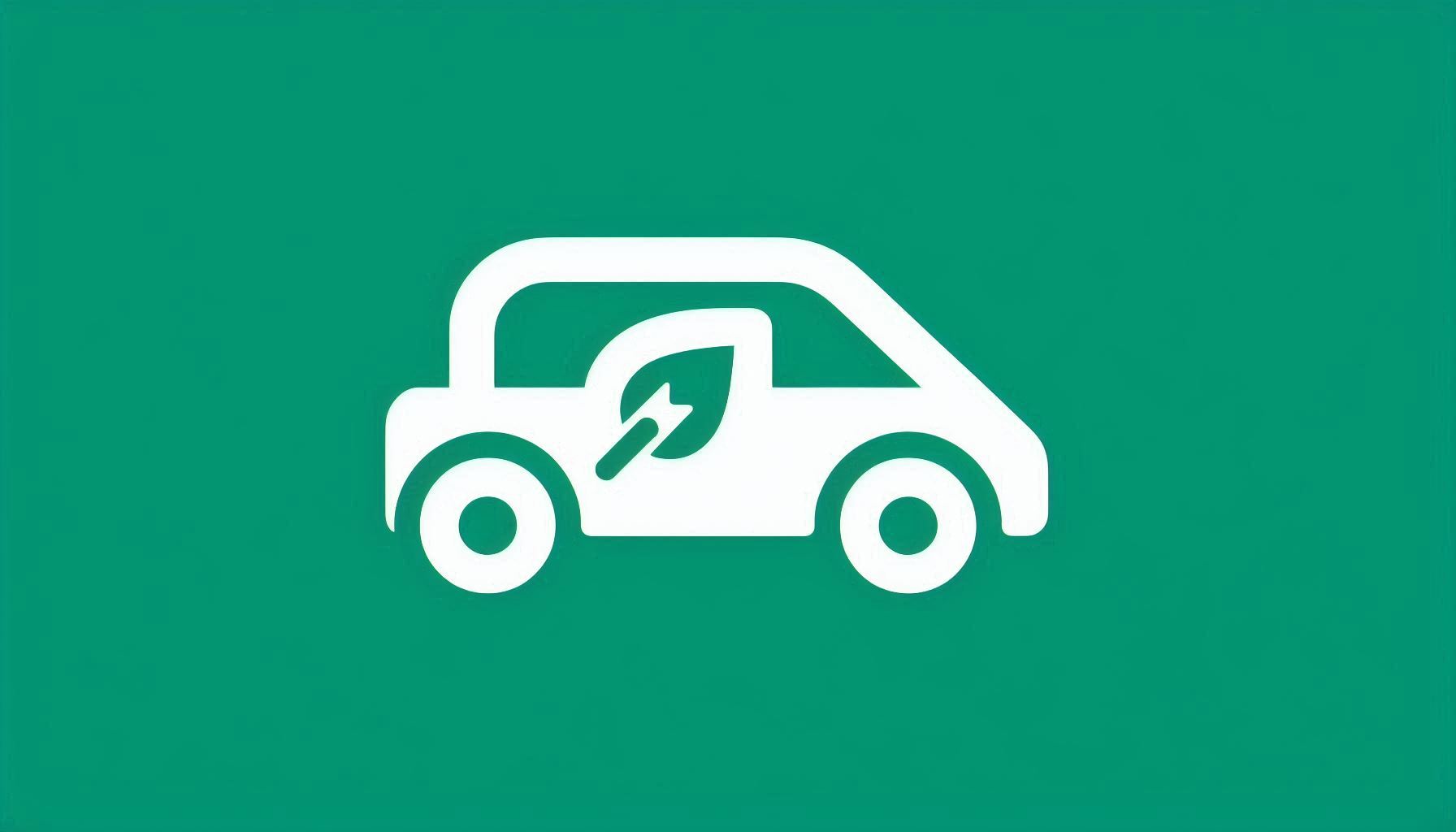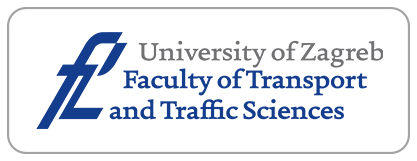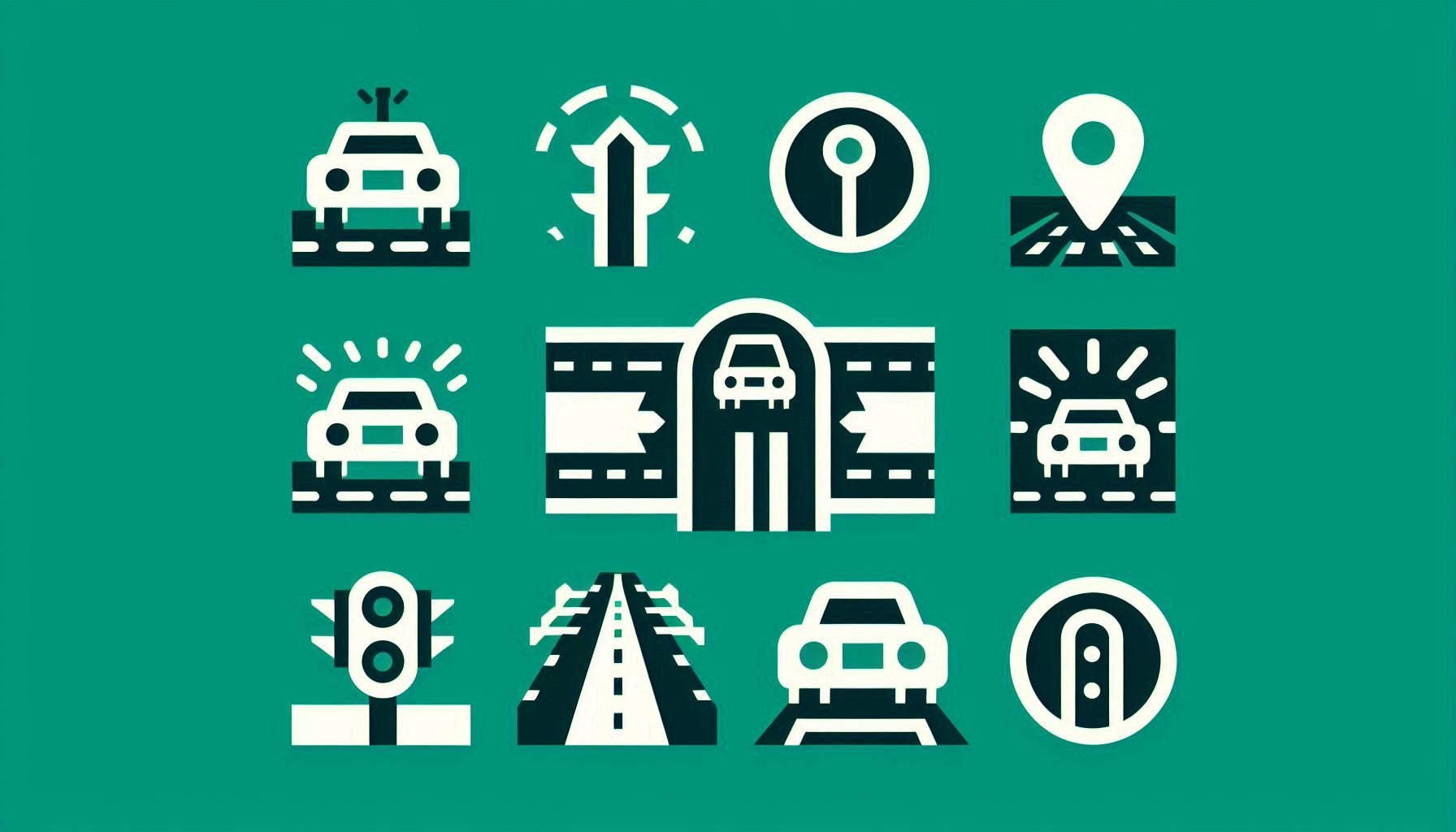A Multi-Objective Dispatching Optimisation for Regional Bus Energy Saving

Downloads
As energy conservation and sustainability become key priorities in public transportation, optimising bus scheduling with an emphasis on energy efficiency offers a practical pathway toward greener transit systems. However, existing studies often treat energy consumption and service quality in isolation, lacking an integrated framework for regional bus dispatch optimisation. This study proposes a multi-objective energy-saving dispatch model that jointly minimises passenger waiting time and vehicle energy consumption while considering vehicle allocation and passenger transfers. A vehicle-specific power (VSP)-based energy estimation method is introduced to enhance the accuracy of energy consumption assessments under real-world operating conditions. To solve the proposed model, we develop a two-phase optimisation algorithm that balances computational efficiency and solution quality. A case study on the Lanzhou regional transit network validates the model’s feasibility, demonstrating improvements in both service levels and energy consumption. The findings contribute to the development of more sustainable and efficient regional bus scheduling strategies.
Downloads
Andrei A, et al. Driving towards sustainable transportation systems: A bottom-up traffic modal choices analysis using responsible management for future development planning. Promet-Traffic & Transportation. 2024;36(4):593-607. DOI: 10.7307/ptt.v36i4.556.
Chester M, Horvath A. Environmental assessment of passenger transportation should include infrastructure and supply chains. Environmental Research Letters, 2009;4(2):024008. DOI: 10.1088/1748-9326/4/2/024008.
International Energy Agency. Global EV Outlook 2022 [Internet]. Paris: IEA; 2022. Available from: https://www.iea.org/reports/global-ev-outlook-2022
Spielmann M, et al. Life cycle assessment of public transport services. The International Journal of Life Cycle Assessment, 2007;12(1):43-49. DOI: 10.1065/lca2006.12.292.
Yang X, Qi Y. Research on optimization of multi-objective regional public transportation scheduling. Algorithms. 2021;14(4). DOI: 10.3390/a14040108.
Ruiz M, Segui-Pons JM, Mateu-Lladó J. Improving bus service levels and social equity through bus frequency modelling. Journal of Transport Geography. 2017;58:220-233. DOI: 10.1016/j.jtrangeo.2016.12.005.
Ceder A. Public-transport vehicle scheduling with multi vehicle type. Transportation Research Part C: Emerging Technologies. 2011;19(3):485-497. DOI: 10.2139/ssrn.4908074.
Gkiotsalitis K, Cats O. Public transport planning adaption under the COVID-19 pandemic crisis: Literature review of research needs and directions. Transport Reviews, 2021;41(3):374-392. DOI: 10.1080/01441647.2020.1857886.
Wei M, Sun B. Bi-level programming model for multi-modal regional bus timetable and vehicle dispatch with stochastic travel time. Cluster Computing. 2017;20(1):401-411. DOI: 10.1007/s10586-016-0719-x.
Lee E, Cen X, Lo HK. Scheduling zonal-based flexible bus service under dynamic stochastic demand and Time-dependent travel time. Transportation Research Part E: Logistics and Transportation Review. 2022;168. DOI: 10.1061/9780784481523.057.
Silva-Soto YI, Ibarra-Rojas OJ. Timetabling with flexible frequencies to synchronise groups of bus lines at common stops. Transportmetrica A: Transport Science. 2020;17(4):978-1001. DOI: 10.1080/23249935.2020.1822952.
Zhu C, et al. Joint optimization of bus scheduling and seat allocation for reservation-based travel. Transportation Research Part C: Emerging Technologies. 2024(163):104631.DOI: 10.1016/j.trc.2024.104631.
Zhu C, et al. Designing boarding limit strategy by considering stop-level fairness amid the COVID-19 outbreak. Transportmetrica A Transport Science. 2024;20(2):2167500. DOI: 10.1080/23249935.2023.2167500.
Chen S, et al. Passenger-oriented traffic management integrating perimeter control and regional bus service frequency setting using 3D-pMFD. Transportation Research Part C: Emerging Technologies. 2022;135:103529. DOI: 10.1016/j.trc.2021.103529.
Gkiotsalitis K, van Berkum EC. An exact method for the bus dispatching problem in rolling horizons. Transportation Research Part C: Emerging Technologies, 2020;110:143-165. DOI: 10.1016/j.trc.2019.11.009.
Naseri A, et al. Simulating the performance of HOV lanes for optimal urban traffic management. Transportation Research Interdisciplinary Perspectives. 2024;23:101010. DOI: 10.1016/j.trip.2023.101010.
Ghalebzade F, et al. Analyzing operational dynamics: Centralized load distribution and suspended wagons in self-propelled trains. Advanced Control for Applications: Engineering and Industrial Systems. 2024;6:e236. DOI: 10.1002/adc2.236.
Asemi H, Daneshgar S, Zahed R. Experimental investigation of gamma Stirling refrigerator to convert thermal to cooling energy utilizing different gases. Future Technology. 2023;2(2):1-10. DOI: 10.55670/fpll.futech.2.2.1.
Rahim R, Pourezzat AA, Jafari M. Hybrid energy storage system for electric motorcycles: Technical and economic analysis. Case Studies in Thermal Engineering. 2024;60:104613. DOI: 10.1016/j.csite.2024.104613.
Song G, Yu L. Estimation of fuel efficiency of road traffic by characterization of vehicle-specific power and speed based on floating car data. Transportation Research Record: Journal of the Transportation Research Board. 2009;2139(1):11-20. DOI: 10.3141/2139-02.
Perugu H. Emission modelling of light-duty vehicles in India using the revamped VSP-based MOVES model: The case study of Hyderabad. Transportation Research Part D: Transport and Environment. 2019;68:150-163. DOI: 10.1016/j.trd.2018.01.031.
Chen D, He J, Lin S, Yang Z. Passenger arrival patterns and its implications for bus operation: The impact of schedule reading behavior on average waiting times at bus stops. Transport Policy.2025;163:310-322. DOI: 10.1016/j.tranpol.2025.01.021.
Jesper BI, et al. Passenger arrival and waiting time distributions dependent on train service frequency and station characteristics: A smart card data analysis. Transportation Research Part C: Emerging Technologies.2018;90:292-306. DOI: 10.1016/j.trc.2018.03.006.
Copyright (c) 2025 Yaqiong ZHANG, Yuguang WEI, Xinfeng YANG, Xu WU

This work is licensed under a Creative Commons Attribution-NonCommercial 4.0 International License.




















